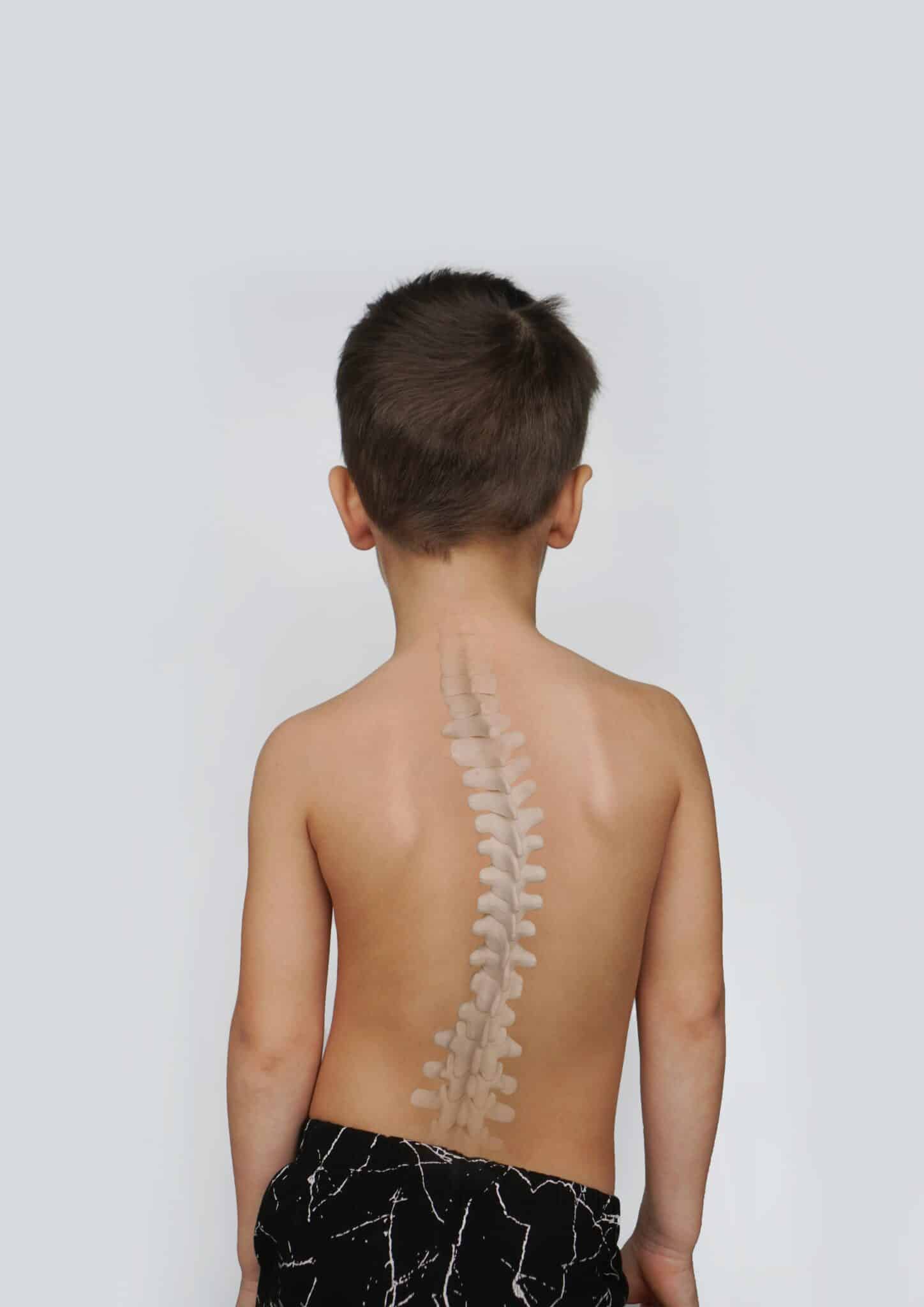Scoliosis is a condition characterized by an abnormal curvature of the spine, which can lead to various health issues if not addressed early. While scoliosis can affect individuals of all ages, it often emerges during childhood or adolescence. Detecting scoliosis in its early stages is crucial for effective treatment and management. In this article, we will explore the early signs of scoliosis in children and provide guidance for parents on what to look out for.
Understanding Scoliosis
Before delving into the signs, it’s essential to have a basic understanding of scoliosis. The condition typically manifests as an “S” or “C” shaped curve in the spine, when viewed from the back. In some cases, scoliosis can lead to visible asymmetry in the shoulders, ribcage, or waistline. While most cases are mild, severe scoliosis can impact lung function and cause chronic pain.
Early Signs to Watch For
Uneven Shoulders or Hips
One of the most noticeable signs of scoliosis is unevenness in the shoulders or hips. You may observe that one shoulder appears higher than the other, or that one hip is more pronounced.
Asymmetrical Waist or Ribcage
Take notice if your child’s waistline or ribcage appears asymmetrical. This may become evident when they are standing or bending forward.
Prominent Shoulder Blade
Scoliosis can cause one shoulder blade to protrude more prominently than the other. This may be more noticeable when your child is bending forward.
Visible Spinal Curve
In some cases, a visible curve in the spine may be apparent, especially when your child is bending forward. This may appear as an “S” or “C” shape.
Changes in Gait or Posture
Pay attention to any changes in the way your child walks or stands. Scoliosis may lead to alterations in posture that become noticeable over time.
When to Seek Medical Attention
If you observe any of these signs in your child, it is important to consult a healthcare professional promptly. Early detection can make a significant difference in the treatment and management of scoliosis. A pediatrician or orthopedic specialist will be able to conduct a thorough examination and, if necessary, recommend further tests such as X-rays to assess the degree of curvature. If detected early, treatment options include exercises and braces.
Conclusion
Recognizing early signs of scoliosis in children is crucial for ensuring timely intervention and treatment. While some curvature in the spine is normal, it’s important to be vigilant for any signs of asymmetry or unusual posture. If you have concerns about your child’s spinal health, consult a healthcare professional promptly. With early detection and appropriate medical care, children with scoliosis can lead healthy, active lives.
